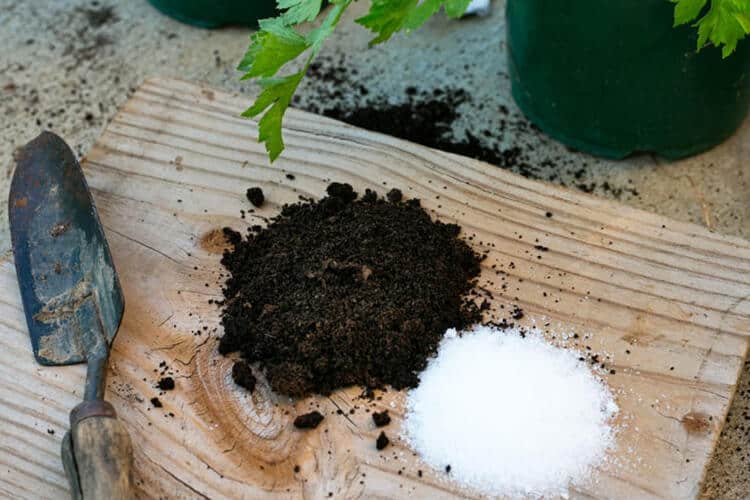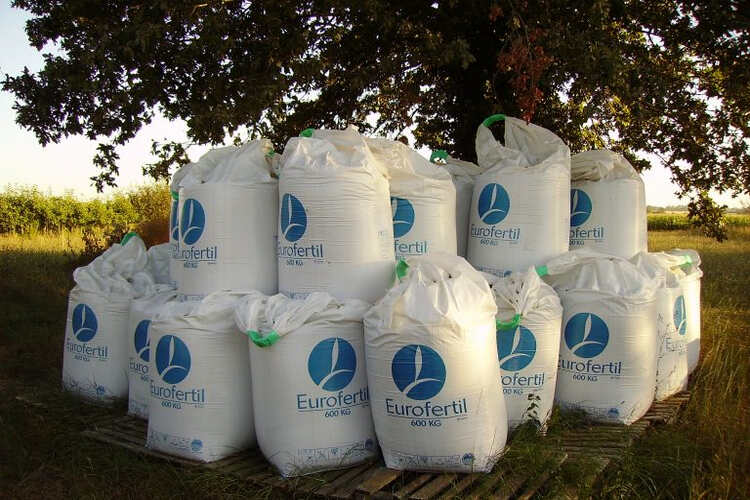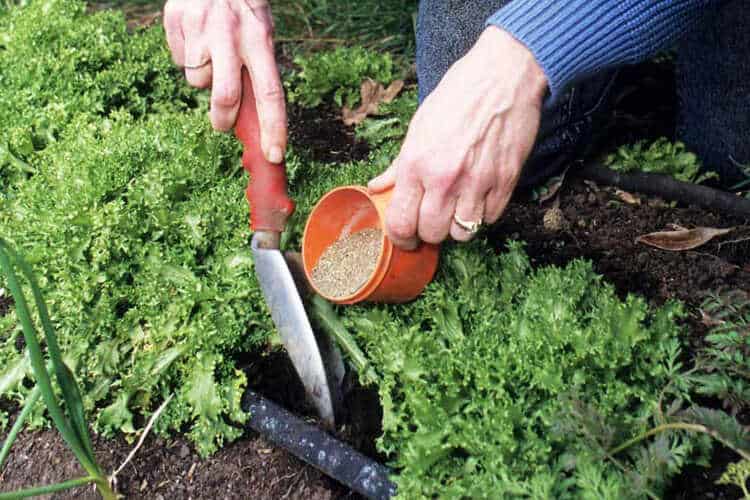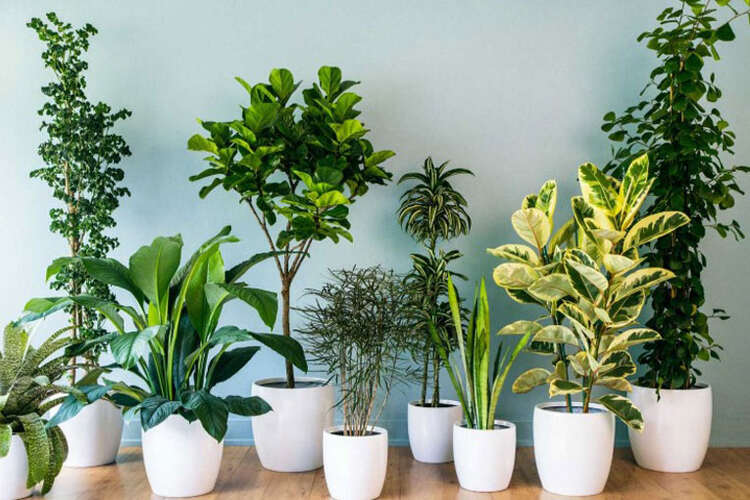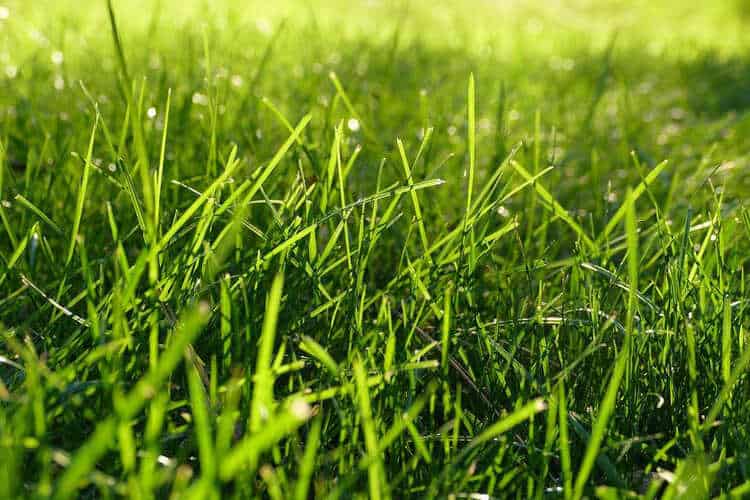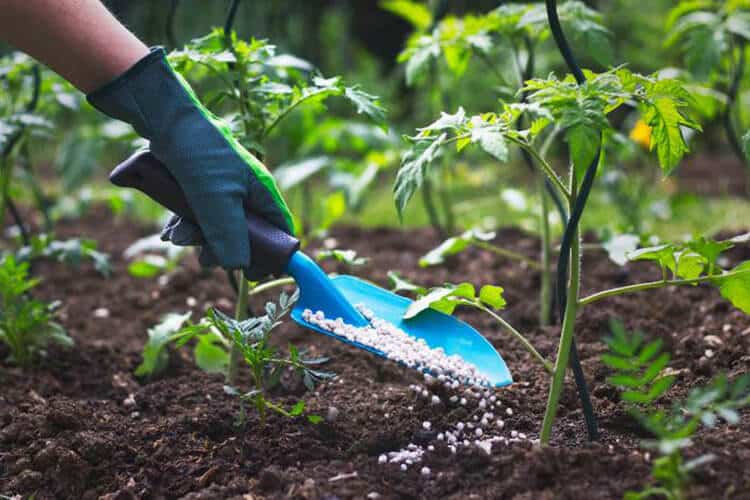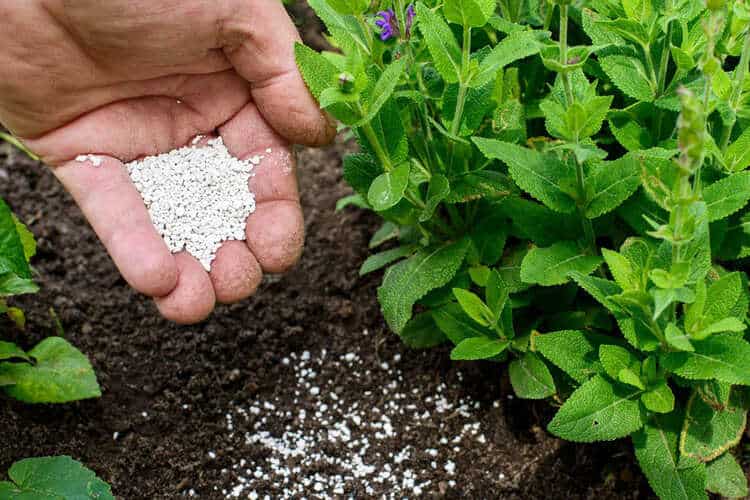Should I Water After Applying Liquid Fertilizer? – Expert Recommendations
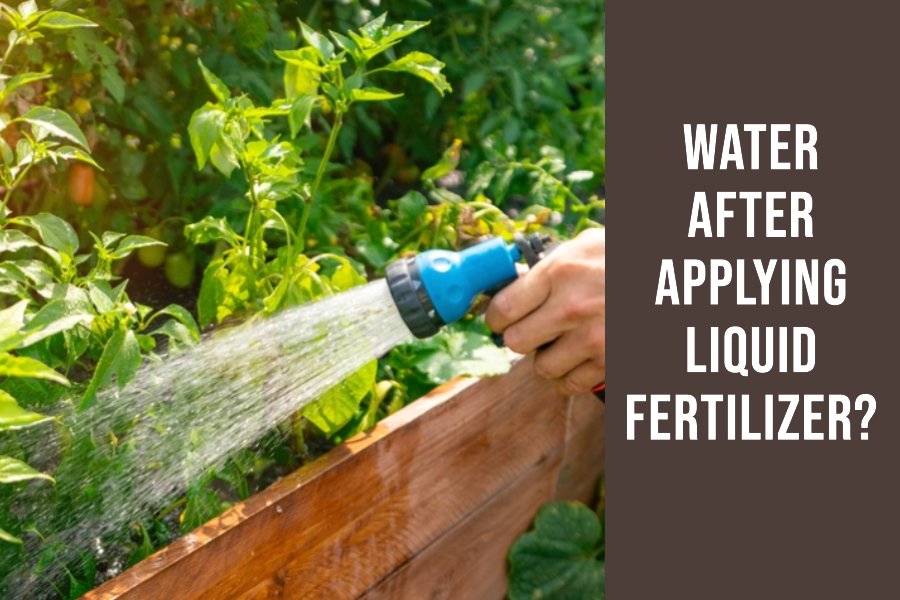
Liquid fertilizer is one type of fertilizer that can be used in gardening. One aspect of plant care that can be puzzling is the use of liquid fertilizers. However, some gardeners may get confused about when to feed their garden this fertilizer. Like many others, you may wonder, ‘Should I water after applying liquid fertilizer?
You can, but you need to wait two to four hours after fertilizing. In this article, you will discover the science behind watering after liquid fertilizer application. Let’s discuss the benefits and potential risks, and expert-backed guidelines to optimize your gardening routine. Swipe Garden provides comprehensive guidance on using the dissolved solution for your trees. Join us to find out more!
Should I Water After Applying Liquid Fertilizer To Plants?
Our suggestion is not immediately after using liquid fertilizer. If you use liquid fertilizer, you should wait at least 2 – 4 hours before watering.
Whether or not you should water after applying liquid fertilizer to plants depends on the type of fertilizer and the condition of the soil.
Dilution of Nutrients
When plants get their dose of liquid fertilizer, they start absorbing the nutrients. If you water them too soon, you might dilute the fertilizer, making it less effective. On the flip side, if the soil is too dry, the plants might not get enough of the nutrients.
Leaching
Excess water can cause the liquid fertilizer to leach deep into the soil. Wasting it and potentially harming aquatic ecosystems if it reaches water bodies. This not only deprives plants of nutrients but can also contaminate groundwater.
Root Health
Overwatering can drown the plant roots, especially if you’ve just added more liquid with the fertilizer. But under-watering can leave roots thirsty and unable to soak up the good stuff from the fertilizer.
However, it is critical to know detail about your fertilizer. Every fertilizer is different. Some might need you to water after use, while others won’t. Always read the label.
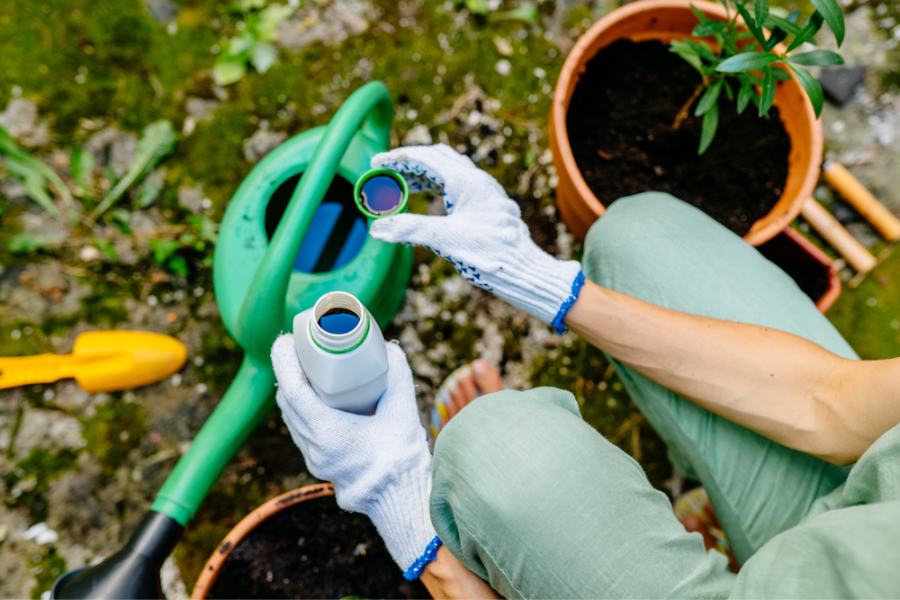
When should I water the plants?
The Magic of Watering:
Plants are a bit like us – they get thirsty too! But when should you give them a drink? Watering might seem simple, but doing it at the right time can make a big difference. Let’s take a deep dive into the topic of watering and learn when it’s ideal to give your plants a drink.
When to Water: The Golden Rules
Now, just because water is good doesn’t mean you should keep pouring it all the time. Here are some golden rules:
Morning Bliss: Watering in the early morning is the best. The sun is not too hot, so less water will evaporate. This means more water goes to the plant roots.
Feel the Soil: Stick your finger in the soil about an inch deep. If it feels dry, it’s time to water. If it’s still damp, wait a bit.
Avoid Night Time: It might seem like a good idea because it’s cool, but watering at night can make plants sick. The water doesn’t evaporate quickly, and this can attract bugs and germs.
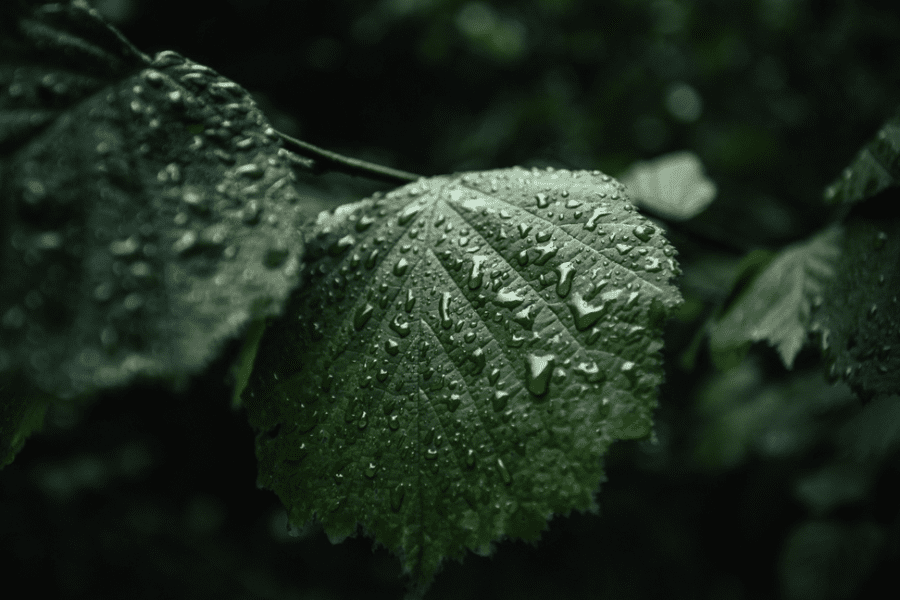
Expert Tips : Do not Water when Too Much Sun or the weather is too hot. The water may evaporates in short time.
Why should I water after using liquid fertilizing?
After 2-4 hours of using liquid fertilizer, watering can be beneficial for several reasons.
Enhanced Nutrient Distribution:
- Watering helps distribute the liquid fertilizer evenly throughout the soil. This ensures that the nutrients reach a wider expanse of the plant’s root system, allowing for optimal absorption.
Supporting Soil Microorganisms:
- Soil is teeming with beneficial microorganisms that play a vital role in breaking down organic matter, aiding in nutrient absorption, and promoting plant health. Watering after fertilizing provides a conducive environment for these microorganisms to thrive.
Prevention of Root Burn:
- Some liquid fertilizers, especially if applied in concentrated forms, can lead to “fertilizer burn.” This is when the high concentration of salts in the fertilizer damages or “burns” the plant roots. Watering dilutes these salts, reducing the risk of harm to the plant.
Is watering at night any good?
There are also risks to watering at night. Watering at night creates favorable conditions for fungal development and may prevent plants from drying off naturally. Excessive wetness paired with temperature might be the best combo for fungal development. Also, there isn’t enough sunlight for the plants to naturally dry off.
When Should You Use Liquid Fertilizer?
Liquid fertilizer is like a special drink for plants. It’s packed with nutrients that plants need to grow big and strong. This means plants can drink it up super fast.
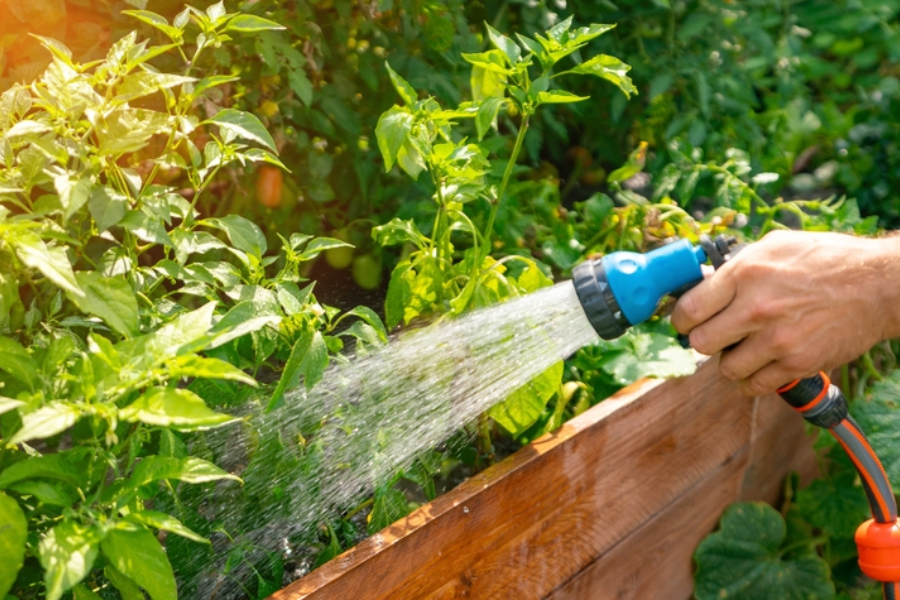
The Best Times to Use Liquid Fertilizer:
- Starting Off Right: When you plant new seeds or baby plants, giving them a bit of liquid fertilizer can help them start growing strong.
- Changing Seasons: As seasons change, plants might need a little extra care. Liquid fertilizer can give them a boost during these times.
- Hungry Plants: Just like how we get super hungry after playing, plants might need extra food after they’ve been growing a lot. This is especially true for plants that make things we eat, like tomatoes or beans.
Expert tips: Not Too Much! - Always check the instructions to know how much to use.
How Do You Mix Liquid Fertilizer With Water?
The amount of water needed to mix with liquid fertilizer may vary depending on the specific instructions provided on the fertilizer package. You can fill your container halfway with fluid in its concentrated form. It’s not always easy to figure out exactly how much water to add to the liquid fertilizer. To find out how to modify the soil, gardeners and large-scale agricultural applications utilize sophisticated formulas.
You likely won’t need to calculate nutrient rates for your garden. Most fertilizer packages include guidelines for mixing or diluting the substance. To make your foliar spray and soil treatment, simply follow those directions.
Special Tips for Different Plants: Different plants have different tastes. Here are some common uses and measurements:
- Veggies in the Garden: If you’re growing tomatoes or lettuce, they need a good feed. Use 1 tablespoon of liquid fertilizer for every gallon of water. This helps them produce yummy veggies for you!
- Flowering Plants: For plants that love to show off with flowers, like roses or sunflowers, use 2 tablespoons of liquid fertilizer for every gallon of water. They love this mix during their blooming season.
- House Plants: Our indoor green buddies, like snake plants or ferns, don’t need as much. For them, half a tablespoon for every gallon of water is perfect. They’ll be happy with this mix every couple of weeks.
These products can be concentrates or substances, but both of them are water-based. Mixing liquid fertilizer with water is like making a special treat for plants. By following the right steps and measurements, you’re giving your plants the best gift. They’ll thank you by growing beautifully!
How can you apply liquid fertilizer to your plants?
Pouring and Spraying: Where and How?
Roots: The roots are like the plant’s straws. Pouring liquid fertilizer near the base of the plant helps the roots drink it up. This is great for big plants that have deep roots.
Flowers: They don’t really drink the fertilizer. So, it’s best to avoid spraying directly on the flowers. They’re sensitive and might not like it.
Leaves: Some plants can take in food through their leaves. For these plants, you can use a sprayer to mist the leaves.
You should reapply nutrients to your plants every two or three weeks during their growing period. When you need to give your plants a rapid boost, fluid solutions are ideal. Quick-acting fertilizers can provide a rapid boost of nutrients to plants, but they may not have a long-lasting impact on soil quality. These products cannot last very long. In most cases, the nutrient will only stay in the ground for one to two weeks.
Slow-release chemicals, though, only last about six to eight weeks. The liquid nature of the fertilizer allows it to drain into the soil more quickly. It is already going down to the ground and even rock layers before you can realize it. Quick-acting fertilizers are ineffective in enhancing soil quality. Chemical-based treatments can have a harmful long-term influence on your plants. You have to stick to a fixed and balanced diet plan for your plants to ensure that they receive the nutrients to flourish.
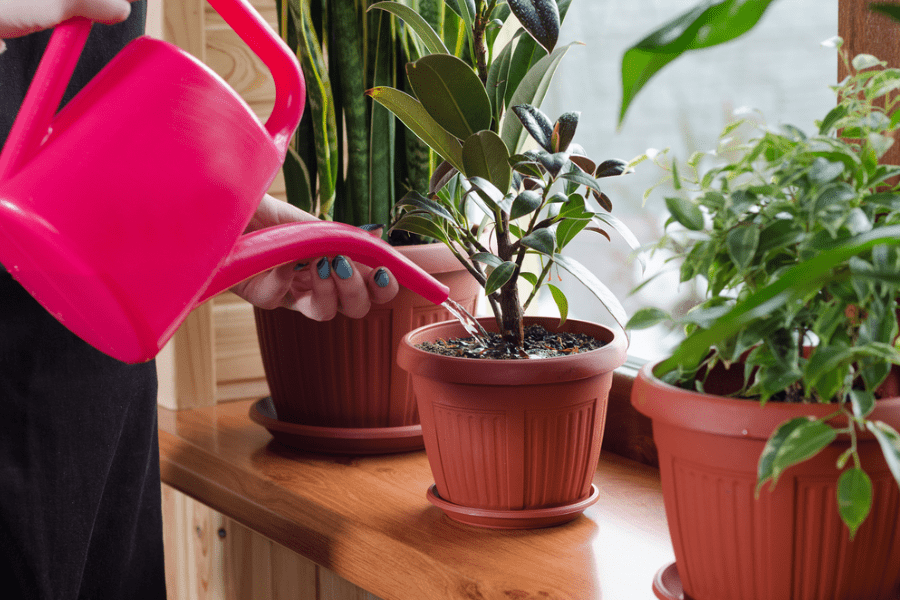
What are the Signs of Overwatering or Under-Watering After Fertilizing?
Did you know plants have a secret way of talking?- Plants Talk with Their Leaves. Let’s learn how to understand their leafy language!
- Droopy Leaves: This is a big hint! If the leaves look sad and droopy, your plant might be very thirsty. But be careful, because too much water can also make them droopy.
- Yellow Leaves: If leaves turn yellow, it might mean they’re getting too much water. It’s like the plant saying, “Hey, I’m full!”
- Brown Leaf Tips: This is like when our lips get dry. It’s a sign the plant might not be getting enough water.
- Soil Check: Touch the soil. If it feels like a wet sponge, it’s too wet. If it feels like dry sand, it’s too dry.
- Mushy Stems or Base: If the bottom of your plant feels soft and mushy, it’s definitely had too much water.
Expert tips: For Drowning Plants: Try move them to a shady spot or repotting them in dry soil.
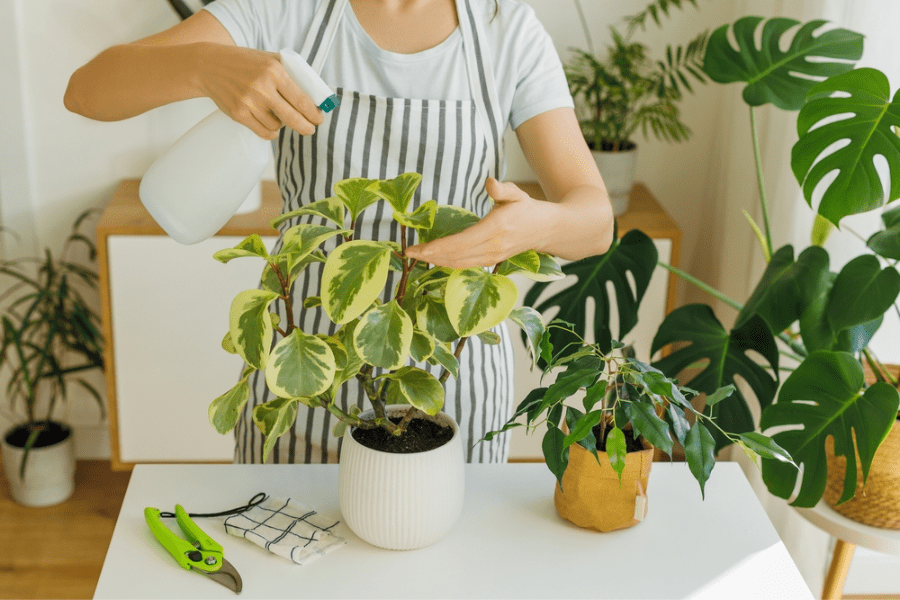
Conclusion
Watering and fertilizing are suitable for your plants. However, it would be best to determine when to water after fertilizing to make the most of your garden. We have shared with you some tips about using water-based fertilizers in your garden. These products are easy to use. They also allow your plants to absorb nutrients quickly.
Hopefully, you have found the information in this article useful.
FAQs


